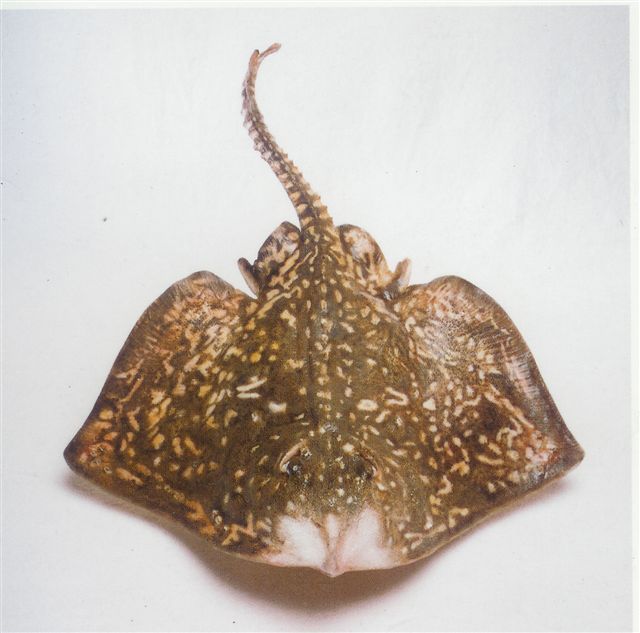Wels catfish – Polyester – Color : natural – Silurus glanis
Wels catfish – Silurus glanis
The Wels catfish is a large species of freshwater fish native to Eastern Europe around the Baltic Sea, Caspian and Asia once endemic in the Rhine and the Danube basin. Do not confuse an invasive species, which comes from elsewhere, with an invasive species whose reproductive potential is important but can be a native species.
It is the largest freshwater fish in Europe, massive form on the head and the body lying on green-brown skin / white-black, very slippery. It belly is clear, yellow or white. Some albino specimens in white livery were observed as well as specimens called “mandarins” (yellow-orange) victims of depigmentation of the skin.
His head is massive and flat with a very wide mouth, it can represent up to 30% of its total weight, provided lines of small and numerous teeth, similar to thin very sharp spikes. His mouth allows it to swallow large prey and keep them securely. Its tiny eyes would be of little use to him for detection, but they serve him probably to distinguish colors, direction of light and are important for the regulation of its biological rhythms.
The fins are seven in number: two pectoral fins very wide, two slightly less wide ventral, a tiny dorsal fin (adipose texture), a long ventral fin extending from the anal orifice into the caudal fin and caudal fin . It can create a vortex with it in order to disorient or knock his victim it can then swallow.
The size of the most encountered subjects is from one to two meters. But catfish can reach a little over 2 meters and weighs over 40 kilos.
This fish is easily adapted to any type of habitat provided that the water is hot enough and abundant food. This is an opportunistic predator that usually lives near the bottom or near the banks or it hides waiting for prey. The catfish feed on fish that may be up to a third of its size, including predators such as perch or pike. Big subjects as readily attack birds like duck or swan.
Very protective of her offspring, it often happens that attack any intruder approaching too near the nest during the breeding season, including swimmers, but this reflex is primarily intended to protect the eggs and not feeding.





